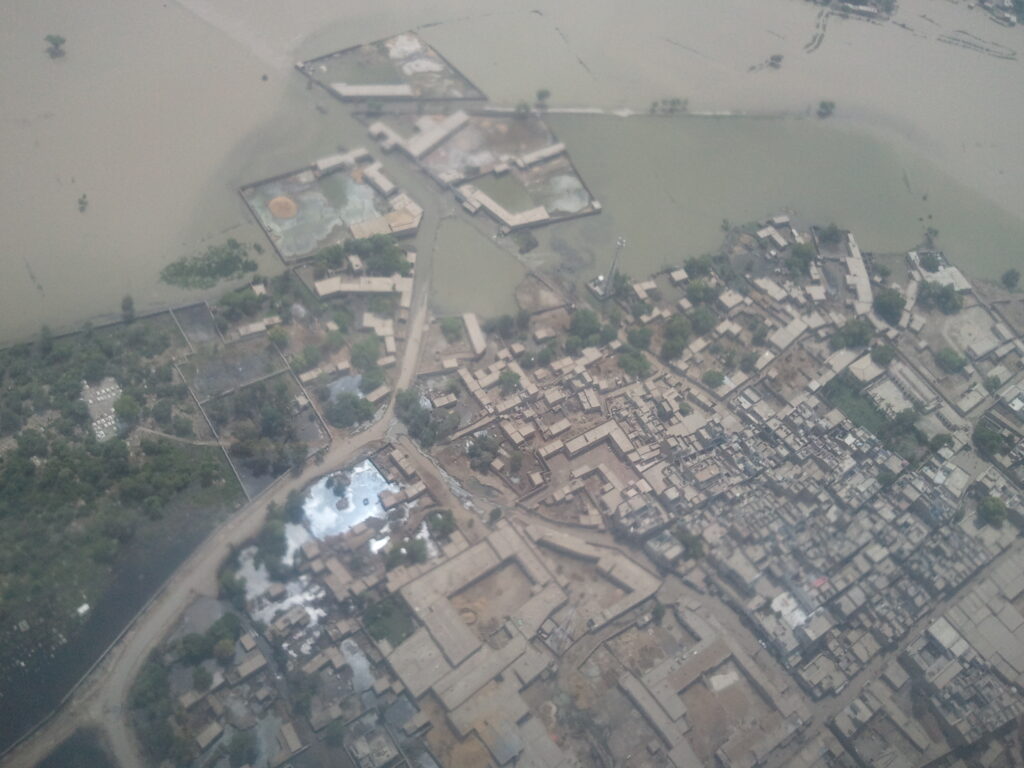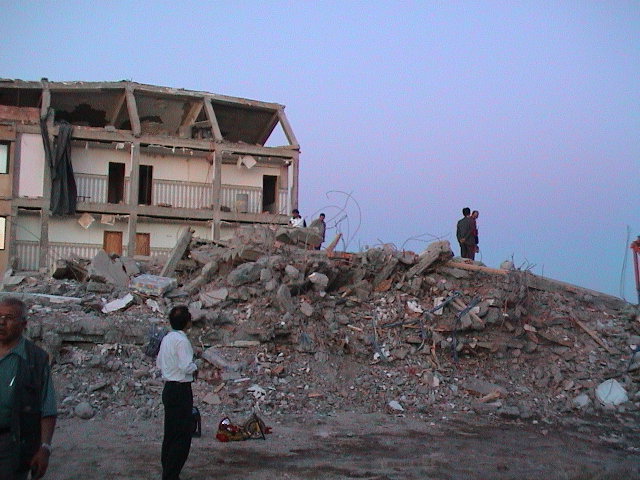By Professor Alois Hirschmugl
On 12th of March, the International Awareness Day for Avoidable Deaths, #avoidabledeathsday, will be held. For that reason, I thought about those deaths after major emergencies that could have been avoided and how to reduce them.
Each death is one death too many! I have been involved globally in response activities after several large-scale disasters, and I have seen large numbers of dead, injured and affected people – and I am sure, one can reduce these numbers.
During my first United Nations Disaster Assessment and Coordination (UNDAC) mission to the Great Floods in Mozambique in 2000, there were approximately 900,000 people affected, 800 deaths and about 300,000 internal displacements to camps. In the camps there was fear of possible water borne disease outbreaks like diarrhea, cholera and malaria.
But we also were concerned by a potential dam breach, therefore we informed the population located close to the river Limpopo, using a plane with loudspeakers, to leave the area as otherwise they might be washed away by the water. When the gate of the dam was opened, the water level rose to 6m in the city of Chókwè, which was more than twice as high as the normal water level. The drainage velocity rose from an average of 1600m³/sec. to 17.500m³/sec.
During my mission to the Bangladesh floods of July 2004, 33 million people were affected, approximately 700 died and every day up to 14,000 people got sick with diarrhoea. And lastly, during my Tsunami mission in 2004, approximately 230,000 people died in South East Asia.

But it has not only been during flood missions that the numbers of deaths were rather high, also in my earthquake missions e.g. to Algeria in 2003, approximately 2,500 people died, 10,000 were injured, and 200,000 made homeless. In the Iran Bam earthquake of 2004, more than 40,000 people died and on 6th of Feb 2023, Turkije was hit by a quake of 7,8 magnitude and afterwards 7,6, with 59,259 deaths and 125,000 injuries.

Of course, not every natural hazard is predictable, but there are ways to minimise the ultimate number of avoidable deaths.
There are many reasons why disasters affect a particular population so heavily – e.g. deforestation in certain areas, so that the earth and trees cannot absorb the rainwater, or villages are built too close to the river banks and swept away.
In the case of earthquakes, – often houses were not built according to building codes in earthquake zones, and it is well known that they will be heavily affected. To be more resilient, people strengthen the stability of their homes or even demolish and rebuild them – but in most cases especially in lower-middle and low-income countries, they must carry a high burden of avoidable deaths, due to lack of money for self-provision.
One of the most life-sustaining prevention and preparedness measures is to implement solutions to make safe drinking water available and reduce waterborne diseases. This could start with the development of a supply map for every region, ensuring a minimum of drinkable water to every household as well as safely constructed water reservoirs in the municipalities to secure life until the next response activities provide drinkable water support at least until relevant support is available.
In our world we are more and more dependent on energy for heating, cooling, cooking, communicating, travelling, first aid support, shopping etc. The absence of energy availability in a city can stop the whole life of a city. It is of essential need to develop secure and independent energy networks and to train people on how they can live safe and secure without energy for the immediate time after an emergency.
Additionally, there is an urgent need for awareness raising of the population as well as politicians, to understand how to behave during and after an earthquake, and how to provide help for themselves, for their families and their neighbours having in mind the vulnerable people around them. They need to understand and support prevention measures such as the reasons and need for a certain building code to secure buildings in case of a disaster, as well as building back better the damaged houses and infrastructure. In building back better, there is a huge obligation by the state and non-state actors and politicians to support such measures for the future sake of their own population.
If we look at the Sustainable Development Goals (SDGs), several are intensively touched during and after an emergency, like SDG 1 – No Poverty, SDG 2 – Zero Hunger, SDG 3 – Good Health and wellbeing, SDG 6 – Clean water and Sanitation, SDG7 – sustainable Energy for all, but how far away are we at the midpoint on our way to 2030?
Now, the SDGs are in deep trouble as, according to the UN-SDG report, these targets of the SDGs are all moderately or severely off track (UN DESA, 2023). If there are no changes, there still will be in 2030, 575 million people living in extreme poverty, some 660 million people will remain without electricity in normal life, with high increasing numbers in case of an emergency.
This International Awareness Day for Avoidable Deaths (IAD4AD), and the Sendai Framework for Disaster Risk Reduction, offer a unique opportunity to draw attention to the issues of reducing avoidable disaster deaths and encourage action to avert and avoid deaths and injuries.
Every life is a treasure. Every life is precious.
So let’s not wait anymore, let’s start now!
Reference: UN DESA (2023) The Sustainable Development Goals Report 2023: Special Edition – July 2023. New York, USA
Author’s Short Bio: Professor Alois Hirschmugl is a Regular Officer, Trainer/Expert for international disaster management, and Technical Director of DMAT Consulting KG. He is also an Advisory Board Member at ADN.

Well written and pertinent.